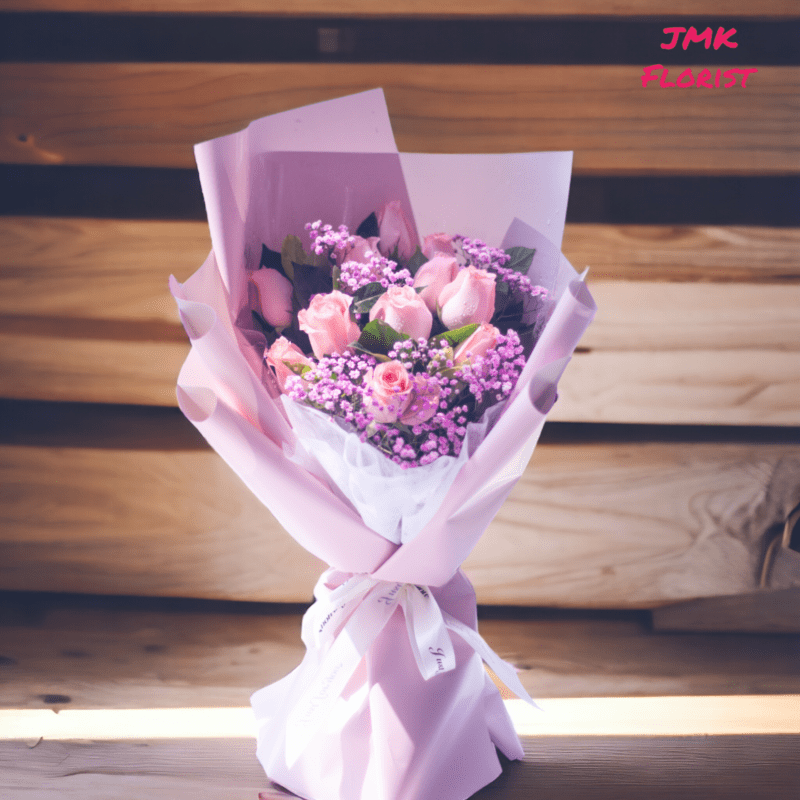-
×
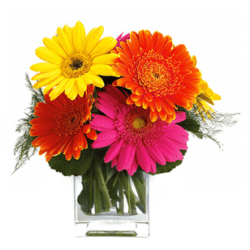 To my best mom ever
1 × $59.95
To my best mom ever
1 × $59.95 -
×
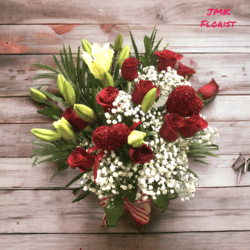 Always thinking of you
1 × $153.00
Always thinking of you
1 × $153.00 -
×
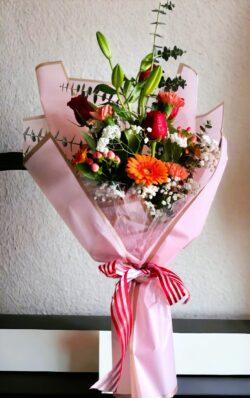 Cherish simple joys
1 × $89.00
Cherish simple joys
1 × $89.00 -
×
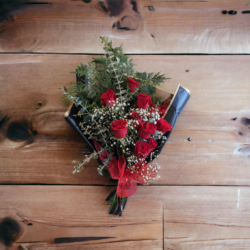 I Care About You
2 × $110.00
I Care About You
2 × $110.00 -
×
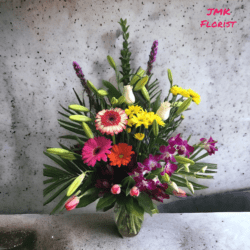 My FOREVER
1 × $228.00
My FOREVER
1 × $228.00 -
×
 My love, always
1 × $142.00
My love, always
1 × $142.00 -
×
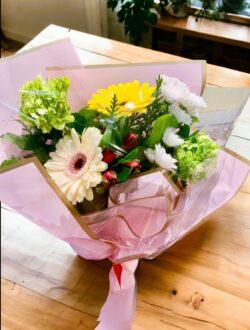 Shine in uniqueness
1 × $67.00
Shine in uniqueness
1 × $67.00 -
×
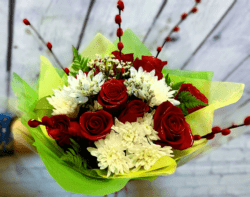 Love Spirit
1 × $98.00
Love Spirit
1 × $98.00 -
×
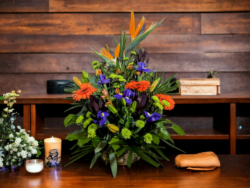 Be mine forever
2 × $248.00
Be mine forever
2 × $248.00 -
×
 Love Of My Life
1 × $100.00
Love Of My Life
1 × $100.00 -
×
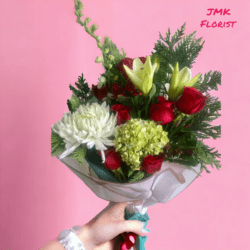 Together, always together
1 × $100.00
Together, always together
1 × $100.00 -
×
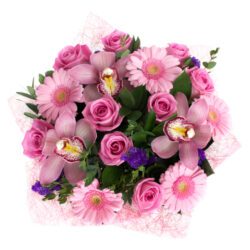 Terrific Pink
1 × $156.00
Terrific Pink
1 × $156.00 -
×
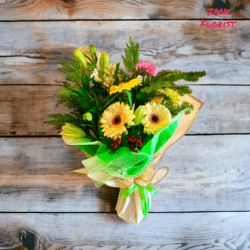 Together Forever Always
1 × $97.00
Together Forever Always
1 × $97.00 -
×
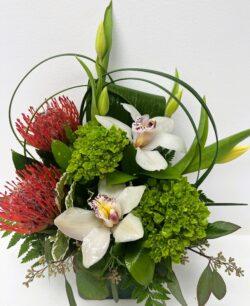 Be Happy
1 × $105.00
Be Happy
1 × $105.00 -
×
 Live with passion
1 × $72.00
Live with passion
1 × $72.00 -
×
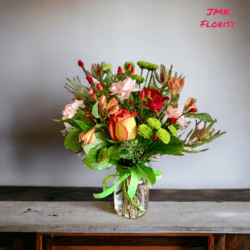 Heart's True Home
1 × $85.00
Heart's True Home
1 × $85.00 -
×
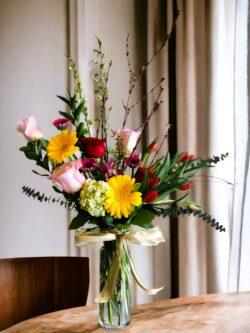 Create your destiny
1 × $155.00
Create your destiny
1 × $155.00 -
×
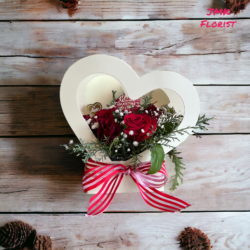 My endless love
2 × $83.00
My endless love
2 × $83.00 -
×
 Forever and ever
1 × $83.00
Forever and ever
1 × $83.00 -
×
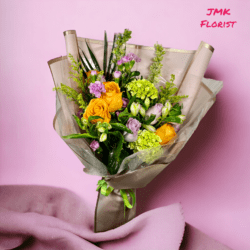 You're my world
1 × $132.00
You're my world
1 × $132.00 -
×
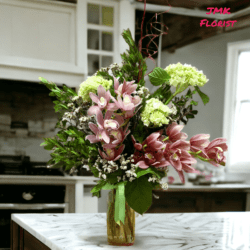 You're my soul
1 × $189.00
You're my soul
1 × $189.00 -
×
 Eternal Love
1 × $155.00
Eternal Love
1 × $155.00
Blog
What is the Difference Between Cheap and Expensive Roses?
Roses are a timeless symbol of love and affection. On countless occasions like weddings, Valentine’s Day ceremonies, and marriage anniversaries, they are warmly bestowed to dear ones. By this act, one shows his/her deep affection towards the person on the other side. Additionally, roses are also put to use for adornment. From event places to big outlets and vehicles, these are adorned with colorful rose petals on celebratory occasions.
Roses come in extensive varieties in color, shape, size, fragrance, softness, etc. Some are commonly available at local flower markets while others are rare and can be bought on a pre-order only. These factors play a role in determining the cost of roses. Generally, commonly available and locally grown and bloomed roses are inexpensive while rare varieties of roses come costly. Here, we will look at some prominent factors that differentiate cheap roses from expensive ones.
Source and Quality of the Roses
Roses available in grocery stores or corner shops are usually affordable. On average, a dozen of red or pink roses which are very common may cost between $10-$20. But, there may be a significant difference in this price range, depending on the source, quality, location, and occasion as well. Commonly, mass-produced flowers do not have the freshness or longevity associated with exclusive varieties. They may last for a maximum of 3 days. However, roses available through high-end florists who select unique varieties can get you flowers that stay fresh and fragrant for more than a week.
Stem Length and Visual Appeal
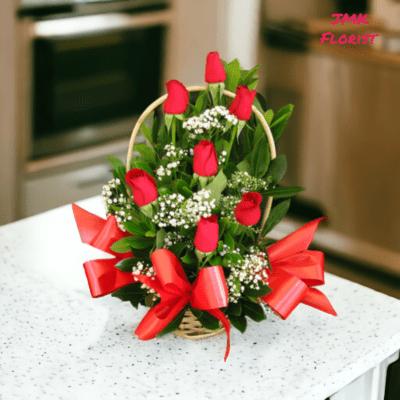
Stem length is a defining characteristic of rose pricing. The cost of long-stemmed roses, which are characterized by their graceful elegance and imposing bearing, will always be higher than those with short stems. The length of stems in a bouquet often determines its visual appeal and this is one of the factors that people consider whenever they want to impress their dear ones.
Branding and Legacy
Florists’ reputation in a local market, branding, and legacy are vital in shaping customer perceptions concerning the value of roses sold by them. Florists active for several years or decades in a specific location usually have an excellent reputation and legacy. They also have a large customer base. Thus, roses and bouquets available at their stores come with a high price tag. Their brand image and reputation justify these premium prices. Conversely, a local florist with no history and reputation usually sells roses at relatively lower prices. They may increase the price a bit by adding consultation, premium presentation, or packaging to it.
Geographical Location and Market Dynamics
The cost of a rose bouquet differs greatly depending on where it is being sold and what the current market dynamics are. These include factors like supply & demand fluctuations, regulatory changes, and customer preferences among others. If there are many local growers in a city, the locally sourced flowers will supplement the import market, and therefore competitive pricing might result. On the other hand, metropolitan areas that have a high demand for varieties of roses but limited supply experience price inflation.
Personal Preferences and Emotional Value
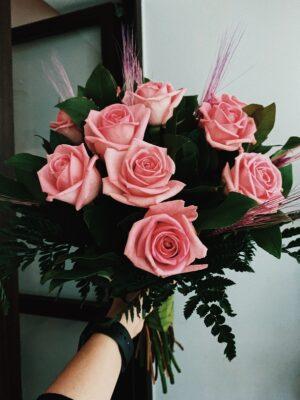
One ultimately chooses between inexpensive and costly roses based on individual preferences, budgetary constraints, and the significance of an occasion. For some people, bestowing roses goes beyond money and signifies love, thankfulness, thoughtfulness, or even something more than that. Regardless of whether a person chooses cheap roses or opts for expensive bouquets, it is still important because he/she means it.
Labor and Transportation Costs
A lot of work goes into the making of any bunches of roses from cultivation to packaging and delivery. At particularly busy times such as Valentine’s Day or wedding seasons, labor costs at rose farms surge as workers try to satisfy the soaring demand. Additionally, transportation expenses increase due to high volumes of flowers being carried within a limited time frame thereby adding on extra costs for these blooms.
Online Sellers and Pricing Dynamics
The entrance into the online market of flower retailers has completely changed the traditional floral industry. They offer various alternatives across price ranges for consumers. To determine appropriate costs that reflect factors like bouquet customization, delivery timeframes, and prevailing seasonal changes, sellers use fluctuating prices as a result of dynamic pricing strategies. Late buyers might pay extra to purchase on very short notice while those who place orders earlier enjoy great savings.
Other Costs and Additional Services
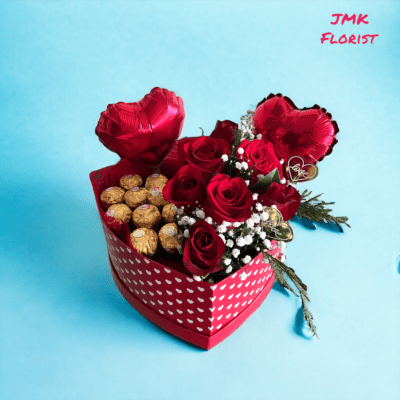
Apart from the production expense of roses, other expenses also affect their prices. These may involve packaging materials, preservatives, and delivery charges. High-end florists frequently offer value-added services such as bespoke arrangements, personalized consultations, or premium packaging to enable their offerings to be seen as more valuable.
Conclusion
Notably, the cost of roses or bouquets reflects various factors such as sourcing origin, quality, variety, brand image, legacy, and presentation among others. While affordable roses may be chosen for practical considerations, luxury bouquets always stand for lavishness that’s synonymous with elegance. These days’ women take pride in expensive bouquets just as they do in less expensive roses when it comes to showing love.





